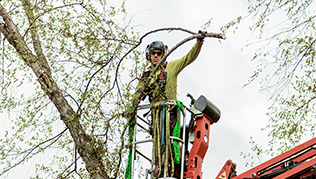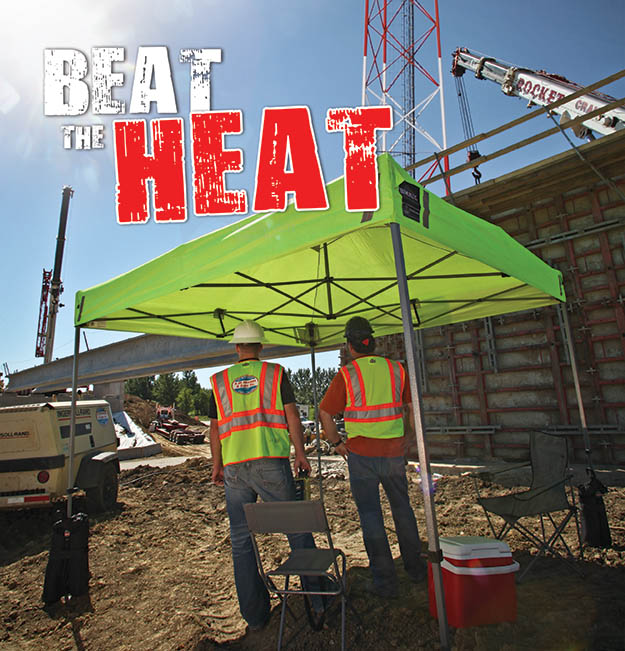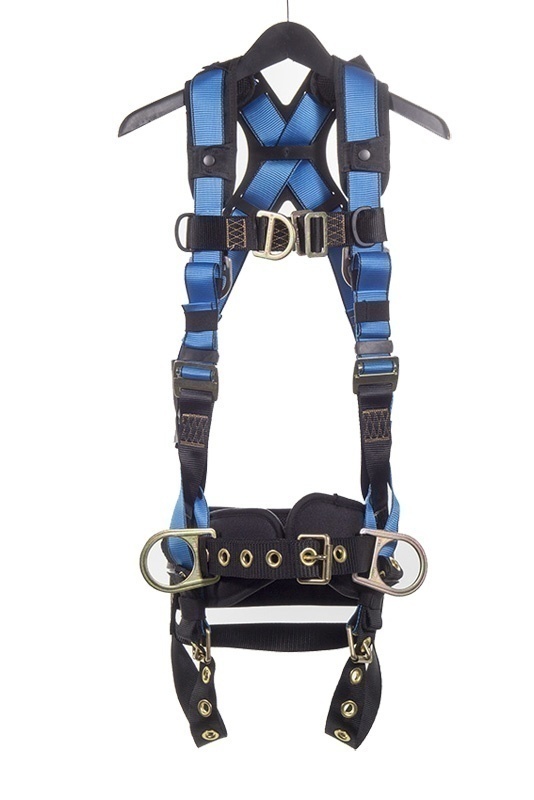Heat Management
Summer is finally in full swing for the majority of the U.S., so those of us in that part of planet Earth need to be prepared for the heat; especially if we work in an occupation that keeps us outside for most of the day.
Heat-related injuries and illnesses can range from minor, like a light sunburn, to major, such as heat stroke. If you’re working outside, you should know the symptoms, treatments, and most importantly, prevention of each.
Sunburn is something that everybody has had before. While you're getting burned you might not even notice, but that night or the next day, you'll notice your new lobster-like complexion. Obviously sunscreen is your best bet to prevent this. Load up on the SPF’s and you won’t have to worry. Another option is a shade canopy, like the SHAX series from Ergodyne.
The first warning sign that you’re overexerting in the heat are cramps. Heat cramps are muscle pains or spasms that usually pop up in your abdomen or legs. Generally, this is due to dehydration. All you need to do is stop and rest with a drink, like water or Sqwincher, to rehydrate. Avoid caffeine and alcohol. A Chill-Its Low Profile Hydration Pack from Ergodyne is a great tool to have on the job since you can continuously stay hydrated without having to keep trekking back over to the water cooler.
If you don’t rest from the cramps, you could start showing signs of heat exhaustion. Warning signs are heavy sweating, cramps, headache, nausea, weakness, dizziness, and even fainting. Again, you’ll want to drink a cool beverage and rest away from the sun. If you can get into air conditioning, even better. A cooling towel or vest can help reduce body temperature quickly.
If heat exhaustion isn’t treated, you’re in danger of heatstroke. At this point, the body is no longer actively trying to cool itself. Your body temperature starts to rise and that is bad news. Your skin will be red and warm to the touch, you’ll stop sweating and you will become dizzy, nauseous, confused and you may pass out. This is a serious condition and you’ll want to seek medical attention. If someone on your job site is showing these signs, get them to a cool, shaded area. Remove excess clothes and cool them off with a cold shower, garden hose, etc. At this point, hydration is best left to the professionals. An IV will help to rehydrate and cool down the body as well.
Heat management should be taken seriously on every job site. Take the precautions, get the proper equipment, and know the signs of a heat-related illness!













